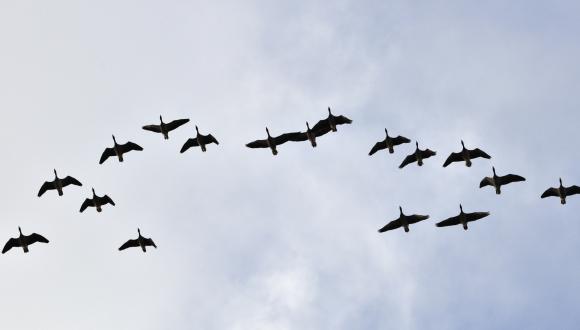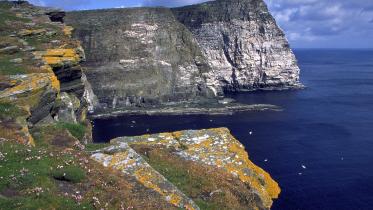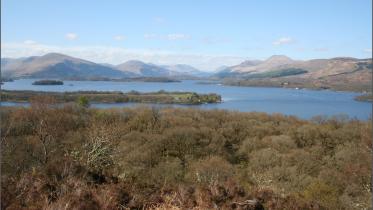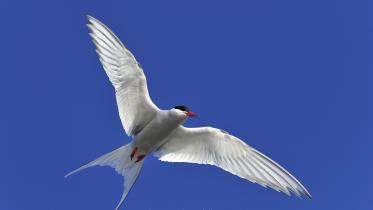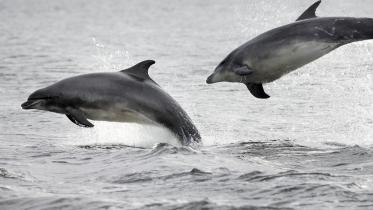Kintyre Local Goose Management Scheme
This scheme supports sustainable populations of wintering Greenland white-fronted geese on Kintyre while minimising agricultural damage and economic losses.
Scheme overview
Location: Kintyre peninsula, including Laggan, Glenbarr, Tayinloan, Clachan and the Isle of Gigha
Goose species: Greenland white-fronted goose
Population level: 2,269 Greenland white-fronted geese (winter peak mean for the 2014/15 season)
Extent: more than 700 hectares of agricultural land
Number of participants: 28 farms
Duration: 4 years, from October 2017 to April 2021 (a series of one-year management agreements run from 1 November to 30 April annually)
Eligibility
To be eligible, agricultural land must:
- lie within an area of high goose use
- be permanent or rotational grassland and in a suitable condition to attract geese
View the map of eligible fields below.
Download the Kintyre Local Goose Management Scheme eligibility table
How to apply
You must identify on a map the locations of any areas to be managed under this scheme each year.
You must keep records of:
- reseed frequency for pasture on your holding
- silage cutting dates
- silage yield
- stock turnout dates
You should submit this information with your application to join the scheme.
Download the Kintyre Local Goose Management Scheme application form
Management requirements from 1 November to 30 April (inclusive)
Provision of undisturbed feeding refuge
- Provide undisturbed ground for goose feeding.
- Apply extra fertiliser in the spring and autumn to make the sward attractive to geese.
Scaring
- Goose scaring may only take place on first-year reseeds in the feeding zone – and then only using non-lethal 'quiet’ methods (i.e. no gas guns, rope bangers or shooting).
- You can scare geese from fields outside the feeding zone using quiet methods or gas guns.
- Lethal scaring of Greenland white-fronted geese is not permitted.
- Land managers who choose to undertake non-lethal scaring are responsible for buying and erecting any scaring equipment.
Payment
View the Kintyre Local Goose Management Scheme Payment rates
Monitoring
Goose numbers and distribution
- Goose counts are carried out roughly fortnightly from early November to mid-April, following a standard route.
- Population counts (international) are completed four times per season: in November, December, January and March.
- We use the 6-year rolling average to calculate payments.
Farmer perception monitoring
NatureScot issues a questionnaire at the start of the scheme and towards its end. This asks land managers about their perceptions of the scheme, their level of satisfaction with it, and levels of damage caused by geese.
Cropping practices
The following cropping practices will be monitored for a sample of participants each year: reseed frequency, silage cutting dates and stock turnout dates.
Inspections
The following ensure compliance with the scheme’s eligibility criteria and management requirements.
Before land joins the scheme, NatureScot will check its goose count data for the last 6 years and the current year’s Integrated Administration and Control System (IACS) data. The land will be visited to ensure it meets the eligibility criteria.
Field size and boundary data will be checked against current IACS data before payments are made. Field size is checked, and payments are made, against the net field area stated on the current season’s Single Application Form.
While the scheme is operating, goose scaring activity may take place only on first-year reseeds within the feeding zone. Inspectors will note where and when scaring devices are in use.
